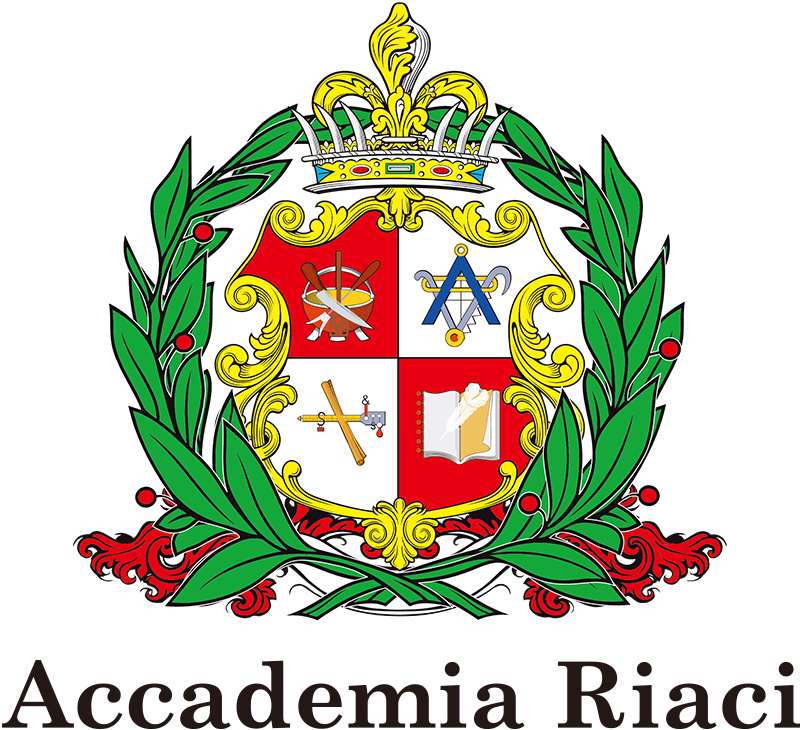Accademia Riaci
Student Reports
Read all class reports from our students!
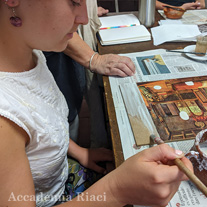
Kate Appleby
Country: England
Course: Restoration of Paintings
Program: Short Course
Period: Jul 4, 2022 – Aug 12, 2022
Aug. 05, 2022 | Posted in Reports, Restoration of Paintings , Student Reporter | Tags:Kate Appleby, Restoration of PaintingsReporter: Kate Appleby | Course: Restoration of Paintings
Restoration of Paintings Short Course (n.1)
 1. My first task of the course is to practice restoring a painting by filling in missing areas. I chose to restore ‘The Dream of St. Ursula’ (1495) by Carpaccio. Elena, the tutor, cut out areas of the painting with a scalpel for me to restore.
1. My first task of the course is to practice restoring a painting by filling in missing areas. I chose to restore ‘The Dream of St. Ursula’ (1495) by Carpaccio. Elena, the tutor, cut out areas of the painting with a scalpel for me to restore.
 2. Before I could begin to paint the missing pieces of the image, I had to add a layer of plaster to create a surface to paint on that was level with the rest of the print. To make the plaster, I melted rabbit skin glue over a pan of hot water and then mixed in the plaster powder.
2. Before I could begin to paint the missing pieces of the image, I had to add a layer of plaster to create a surface to paint on that was level with the rest of the print. To make the plaster, I melted rabbit skin glue over a pan of hot water and then mixed in the plaster powder.
 3. In the missing areas of the picture, I scraped off the plaster with a scalpel so that it was level with the surface of the print.
3. In the missing areas of the picture, I scraped off the plaster with a scalpel so that it was level with the surface of the print.
 4. On the bordering areas of plaster, I used sand paper to remove any bumps in the material and to smooth the surface.
4. On the bordering areas of plaster, I used sand paper to remove any bumps in the material and to smooth the surface.
 5. My last task of the week was to draw in the missing pieces of the painting, ready to be painted next week.
5. My last task of the week was to draw in the missing pieces of the painting, ready to be painted next week.
 6. Elena gave me an overview of the fundamentals of restoring paintings; compatibility of restoration materials or tools with the original artwork, reversibility of restoration techniques and recognition of the restored artwork as similar to the original.
6. Elena gave me an overview of the fundamentals of restoring paintings; compatibility of restoration materials or tools with the original artwork, reversibility of restoration techniques and recognition of the restored artwork as similar to the original.
 7
7
 8. Aside from studying, I’m enjoying seeing the sights of Florence and walking around the city. This is the Ponte Vecchio at night!
8. Aside from studying, I’m enjoying seeing the sights of Florence and walking around the city. This is the Ponte Vecchio at night!
 9. I loved seeing the Palazzo Vecchio. There were so many amazing paintings but this ceiling was my favourite.
9. I loved seeing the Palazzo Vecchio. There were so many amazing paintings but this ceiling was my favourite.
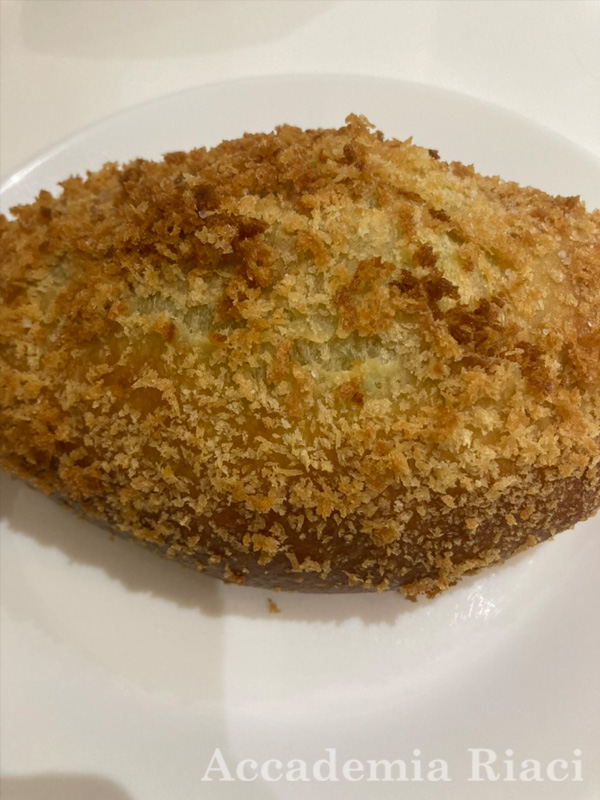
Gelato Internship Course (#3) – K
(February 9) Holiday
In the morning, I went for a w…
Language:
Reporter: K
Course:
Internship
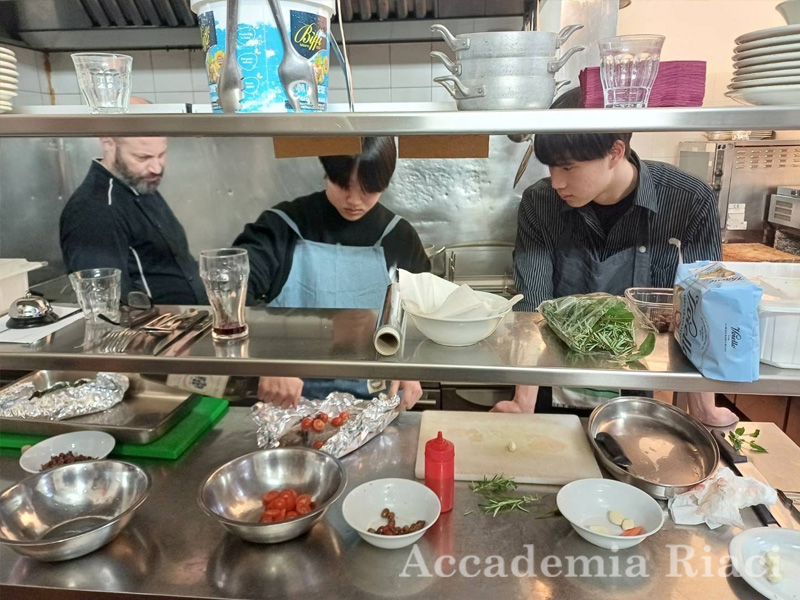
Italian Home Cooking Short Course (#1) – Y.N.
"I had a great time studying abroad. I made friends!…
Language:
Reporter: Y.N.
Course:
Italian Home Cooking

Interior Design Short Course (#1) – S.T.
" Hello! I have returned home safely! "
I really …
Language:
Reporter: S.T.
Course:
Interior Design
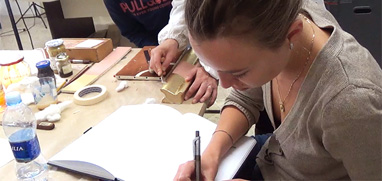
At Accademia Riaci, we are recruiting Course Reporters from our students. The students who are chosen to become Course Reporters are given 10 % of the tuition as their scholarship fee.
The Reporters who have submitted excellent reports will have his or her profile posted on our school website for the next 5 years as an alumnae and will be able to connect with their business chancesafter their graduation.

